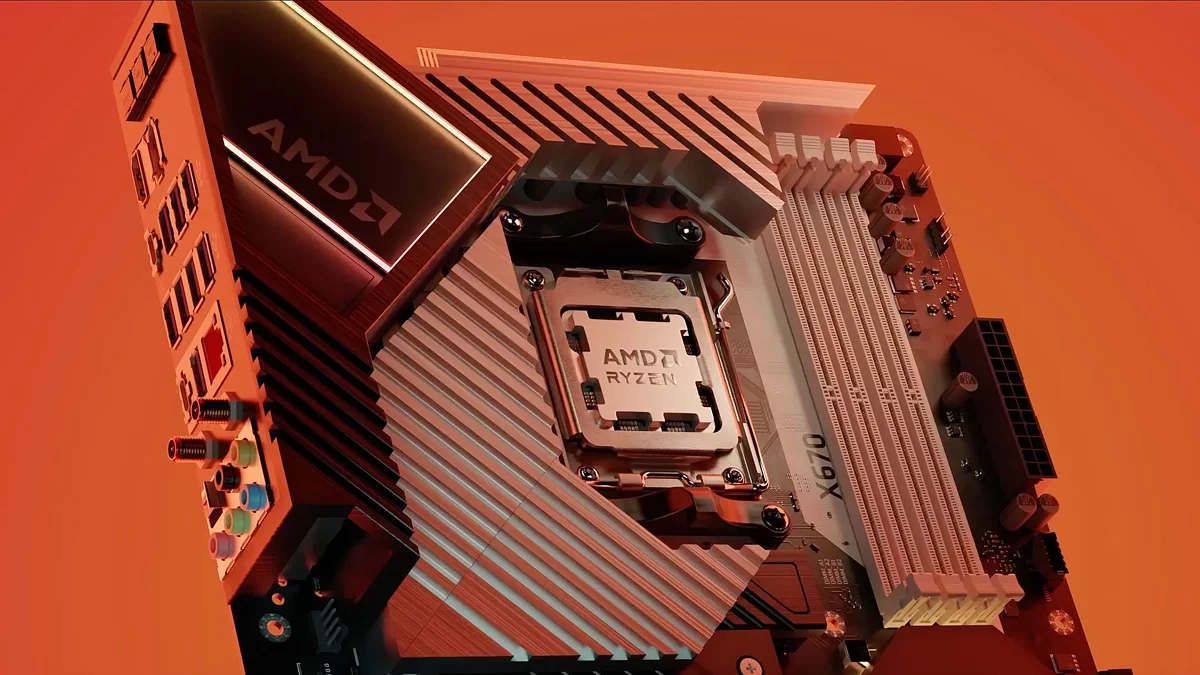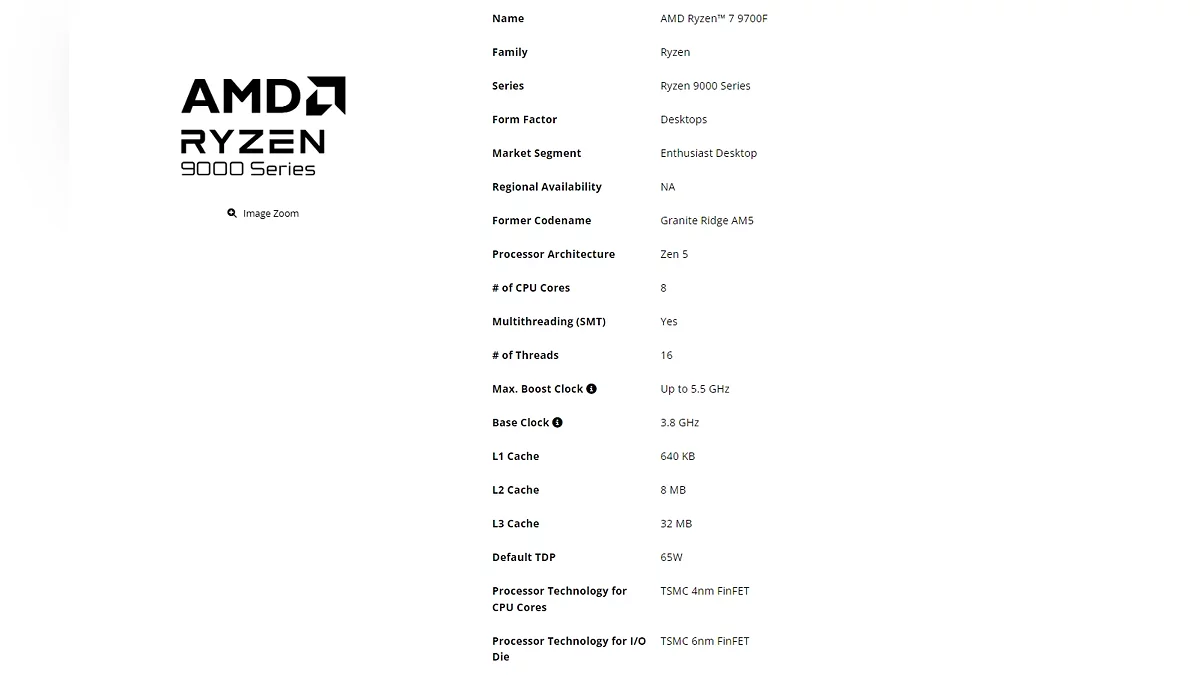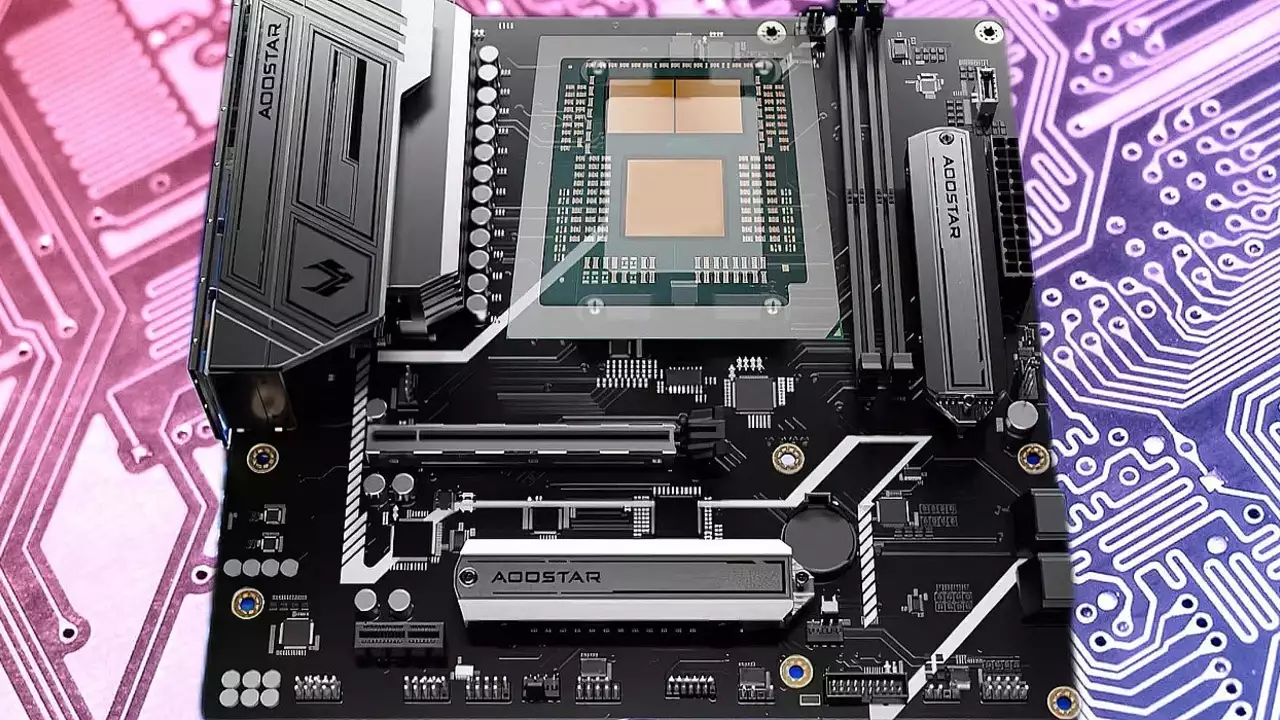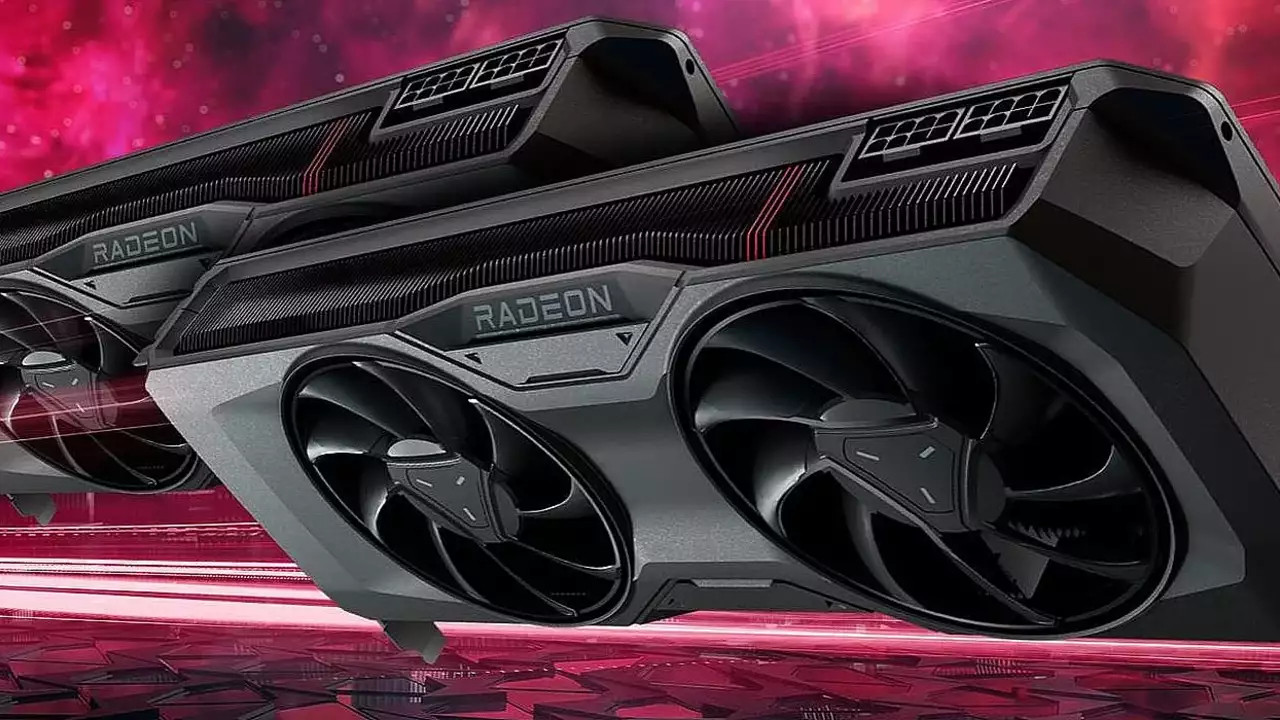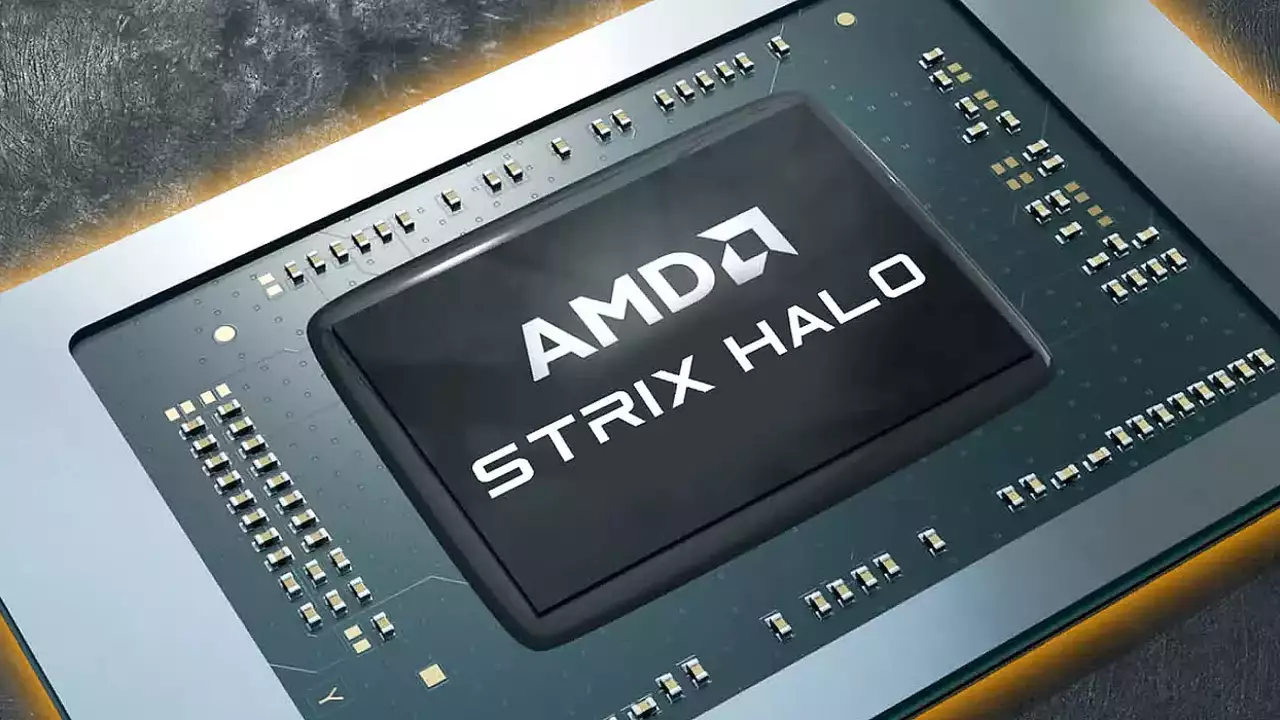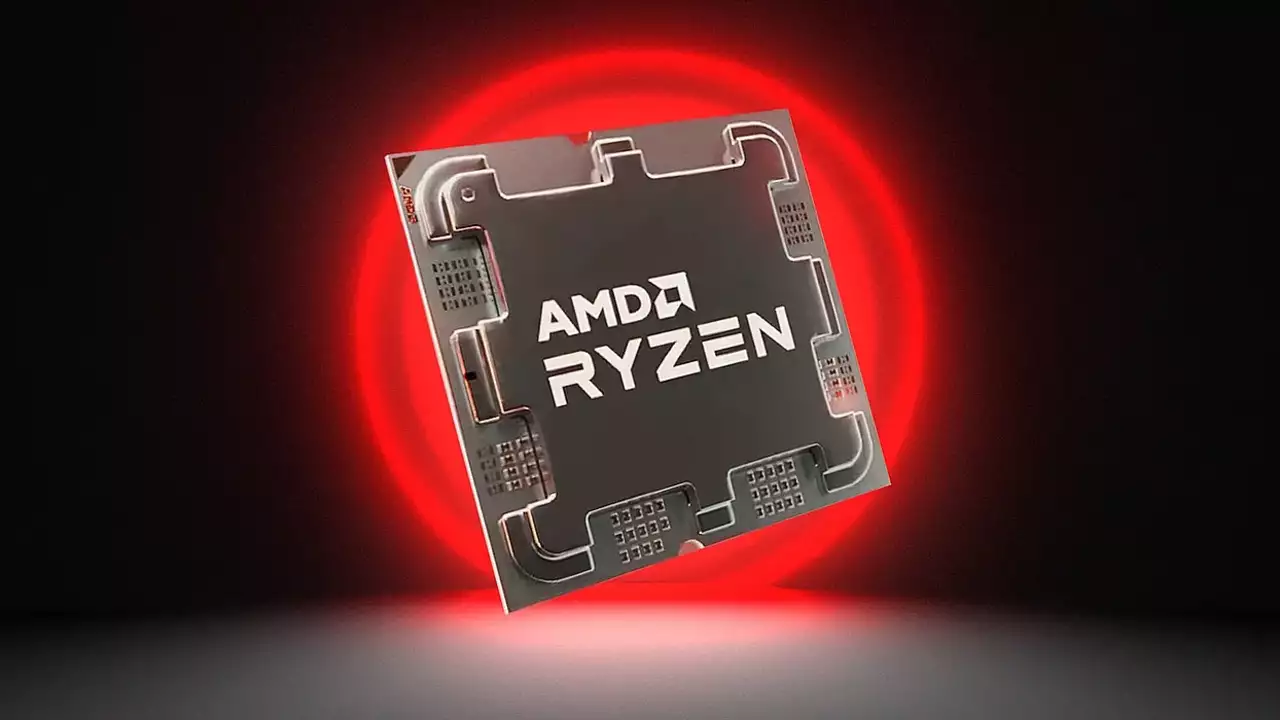
AMD Revela Ryzen 7 9700F, um CPU de Oito Núcleos sem Gráficos Integrados
 Arkadiy Andrienko
Arkadiy Andrienko
AMD is methodically expanding its portfolio of processors based on the new Zen 5 architecture. Coinciding with the official retail launch of the Ryzen 5 9500F, official specifications appeared on the manufacturer's website for a higher-end version — the eight-core Ryzen 7 9700F.
The new chip is virtually identical in configuration to the already-announced Ryzen 7 9700X. It features eight cores, sixteen threads, and 32 MB of L3 cache. Its clock speeds are also the same: with a base clock of 3.8 GHz and a boost clock that can reach up to 5.5 GHz. Notably, this eight-core processor maintains the same 65W TDP (thermal design power) as its six-core sibling, making it a suitable candidate for compact builds.
The Ryzen 7 9700F uses the AM5 socket and requires a motherboard with a 600 or 800 series chipset (e.g., X670, B650, X870). The chip supports DDR5 memory and the PCIe 5.0 standard, offering users a modern set of technologies for both current and future upgrades. Furthermore, the processor is fully unlocked for overclocking via Precision Boost Overdrive and Curve Optimizer technologies.
The key characteristic of the 'F'-series model is the absence of an integrated graphics core, meaning it must be paired with a discrete graphics card. This approach allows AMD to offer the CPU at a lower price point compared to models that include integrated graphics. AMD has not yet announced the recommended price for the new chip or specific launch dates for various regions, including Russia. It is only known that the processor will officially launch on September 16, 2025.
Industry experts note that the arrival of models like the 9700F is a logical step in fleshing out AMD's product stack, a strategy the company also followed with the previous generation. This new processor is aimed at users who want the performance of the flagship Zen 5 architecture but are happy to save money by forgoing integrated graphics, as they plan to use a discrete video card from the outset.
-
![]() AOOSTAR Lança Placa-Mãe com CPU Ryzen 9 9955HX3D da AMD a Bordo
AOOSTAR Lança Placa-Mãe com CPU Ryzen 9 9955HX3D da AMD a Bordo -
![]() AMD Aumenta a Memória: Radeon RX 9070 GRE de 16GB Programada para Lançamento no Outono
AMD Aumenta a Memória: Radeon RX 9070 GRE de 16GB Programada para Lançamento no Outono -
![]() Uma Reviravolta Inesperada: O Chip de Laptop de Alto Nível da AMD Encontra um Novo Lar em Mini-PCs
Uma Reviravolta Inesperada: O Chip de Laptop de Alto Nível da AMD Encontra um Novo Lar em Mini-PCs -
![]() AMD Expondo Acidentalmente o Código Fonte do FSR 4
AMD Expondo Acidentalmente o Código Fonte do FSR 4 -
![]() AMD Zen 6 Lançamento em 2026 com Suporte AM5, Apresentando Chiplets de 2nm e 3nm
AMD Zen 6 Lançamento em 2026 com Suporte AM5, Apresentando Chiplets de 2nm e 3nm
